What can you plant next to zucchini?
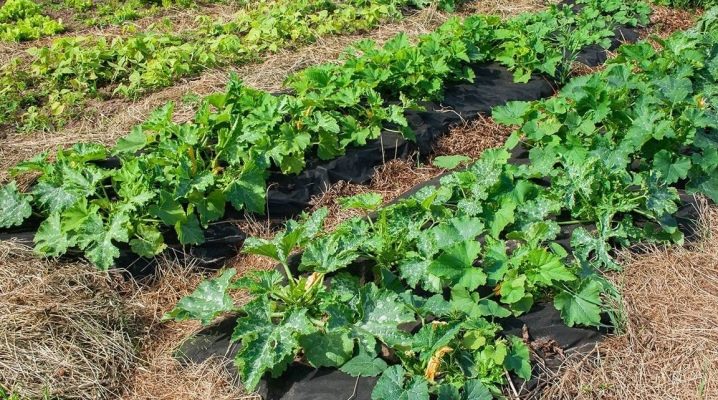
Many gardeners like to plant zucchini: during the season, you can cook various dishes from a vegetable, as well as make preparations for the winter. In principle, the culture is friendly, it gets along with many other plants in the garden, but there are some nuances when planting together.
In the article we will talk about the compatibility of zucchini with cucumbers, tomatoes, and other vegetables. You will learn what can be planted next to a representative of the pumpkin family, and what is not recommended, because the yield and taste of the fruit depend on the correct neighborhood.
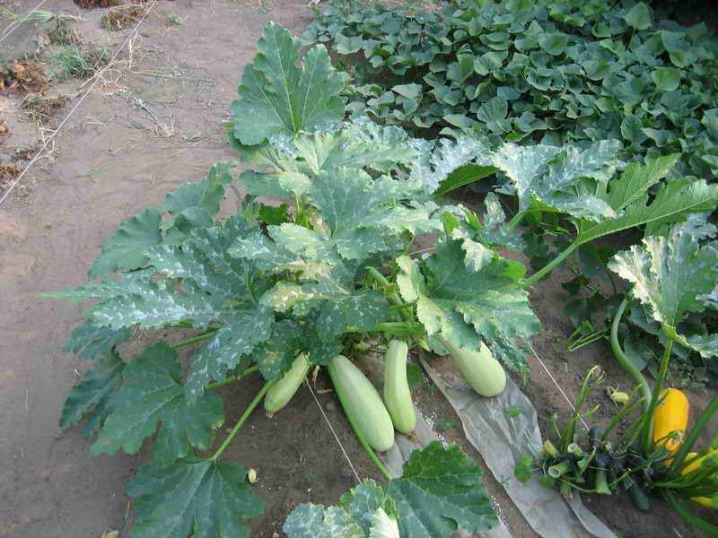
Cucumber compatibility
These vegetables are pretty much the same:
- love fertile soil;
- they need regular watering;
- both crops require constant replenishment of useful elements.
Seed material of crops goes through the same stages of preparation before sowing: they are kept in a solution with a growth stimulator. Seedlings are grown from them or they are immediately sown in open ground. The beginning of the growing season for these crops occurs simultaneously.
Cucumbers love warmth, they are planted when the soil warms up to plus 13-15 degrees. That cucumber sprouts, that young squash plants are afraid of low temperatures, and in the open field in the spring it is better to cover them. Protection can be created from ordinary plastic wrap, having previously laid metal or plastic bars on the beds.

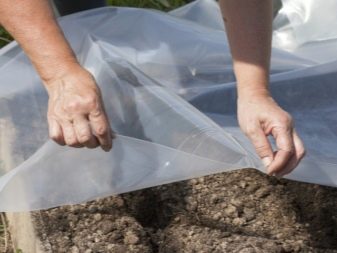
This similarity in many ways gives reason to believe that cucumbers with zucchini get along well next to them, that they are wonderful neighbors. But still, in an open area, they are planted away from each other.
And there are reasons for that.
- Both crops belong to the pumpkin family and are cross-pollinated. So, being nearby, they can receive pollen from each other: either the wind blows it away, or bees on their paws will transfer the pollen of one vegetable to a neighbor's flower. As a result, a hybrid is formed, but its unique properties will appear only in the next generation. In the meantime, the sprouts are weak, the fruits will be small and hooked.
- Zucchini with their developed rhizomes, which spread widely in the ground, suppress neighboring crops, limiting them, first of all, in nutrition... Cucumbers have superficial roots, which constantly need a moist environment and oxygen. Thus, squash bushes simply oppress the cucumber sprouts.
- Female flowers from an overabundance of pollen set the wrong fruits: their presentation deteriorates, the taste is not of the same level, and the yield, as a result, is not so high.
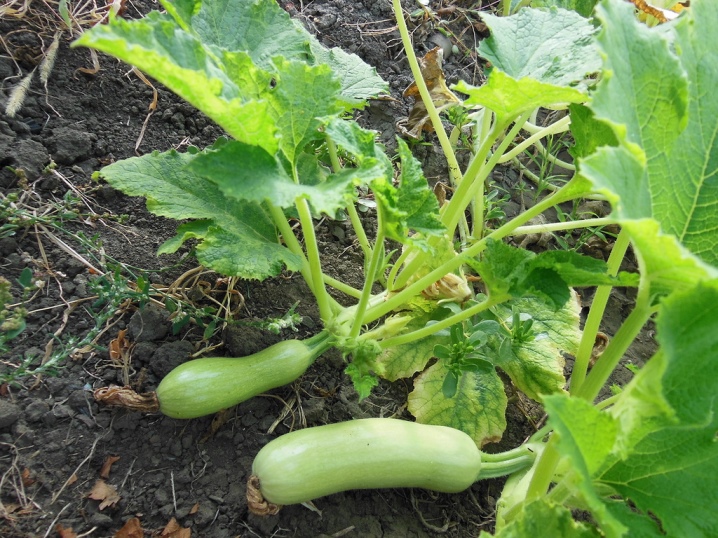
Experienced gardeners, in conditions of a shortage of land, separate cucumber beds from the squash plantation with beans. By planting beans between related plants, they block the space, as a result of which there is no mixing of pollen.
If there is a shortage of space in the garden plot, you can still fence off the space with a corn strip or plant a sunflower between the courgette and cucumber beds.
But in greenhouse conditions, zucchini and cucumbers are better friends than in the open field.... Usually, hybrids of parthenocarpic varieties are planted in greenhouses, capable of pollinating themselves on their own.
The only point that must be taken into account: water each vegetable separately (for convenience, it is better to divide the plantings into zones). The fact is that cucumber bushes are not afraid of moisture on the leaves, and zucchini are afraid of this.
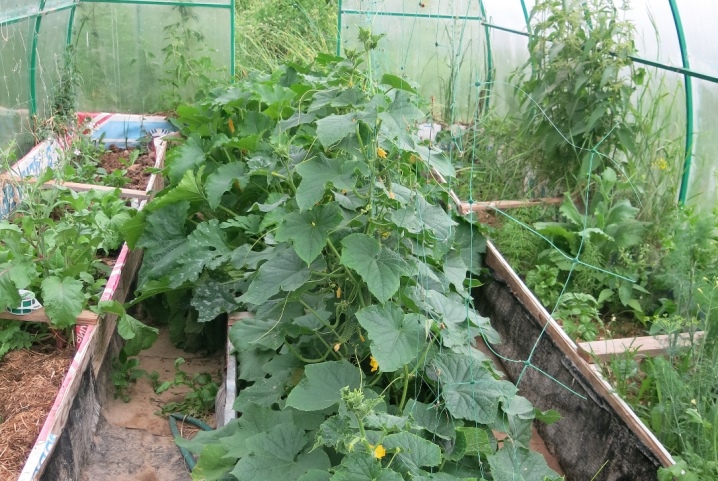
Can you plant tomatoes?
About the neighborhood of tomatoes and zucchini in the garden, gardeners have different opinions.Given that these vegetables are representatives of different families and they do not have common pests, why not plant these crops side by side.
But tomatoes need loose soil, plenty of sun and constant moisture. Depending on the varietal characteristics, tomato sprouts either stretch upward or bush in breadth - it is obvious that the zucchini bushes will be cramped on the same bed with them.
Both cultures are freedom-loving, they need space, plenty of light and good food. Experienced gardeners do not plant these vegetables directly on the same garden bed, but still a little further away.
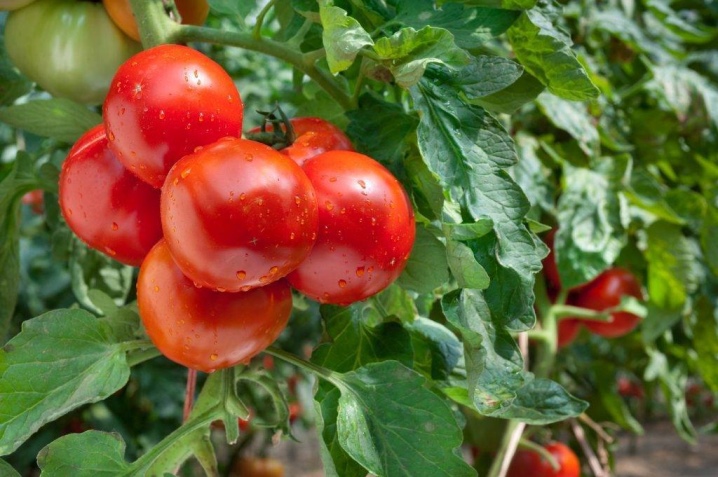
Compatibility with other cultures
Zucchini love water and food, so moisture-loving plants will be good neighbors for them, but with a moderate appetite... Such companions can be carrots, beets. But so that the squash leaves do not drown out roots and greens, it is better to plant them in neighboring beds, not in one.
And eggplants can grow nearby. It is good to plant early vegetables and greens (radishes, dill, spinach, onions on a feather and others) along with zucchini, which usually already yield in mid-June, and the pumpkin culture remains to manage itself on the site.
It is important to understand that zucchini is a liana-like plant, therefore, when planting it next to, for example, with strawberries, raspberries or grapes, this fact must be taken into account.
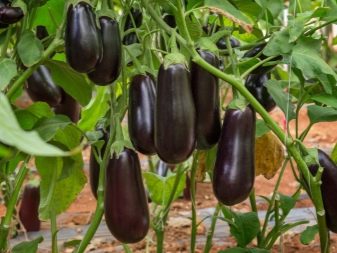

Let's consider in more detail the neighborhood with some cultures.
Cabbage
Cabbage (and its different varieties) and zucchini do not oppress each other, they may well get along together, growing at a short distance from each other. These cultures can be called companions, they have excellent compatibility. In the crop rotation, the same plants are important to them: both cabbage and zucchini grow well after onions, cereals, green manure.
The preparatory work before planting these vegetables is the same:
- digging up the soil;
- removal of weeds from the site;
- fertilization of the soil.
The following elements are introduced to the site of future landings:
- organic matter in the form of compost or rotted manure (up to 6 kg per square meter);
- superphosphates (2 tablespoons per square meter);
- urea (20 g per square meter).


All of the above components are well absorbed by both cultures.... It is enough to water it 2 times a week to provide them with the necessary moisture. The mulching process will help keep the soil hydrated for longer.
These vegetables can be planted even in the space of one garden bed. Compact bushy zucchini varieties - a suitable option for the neighborhood with white cabbage varieties... In general, the neighborhood with this borsch product is liked not only by pumpkin crops, but also by other vegetables.
If you still surround the cabbage with marigolds or calendula, so that these flowers with a pungent smell scare off pests, there is no price for such a companion.
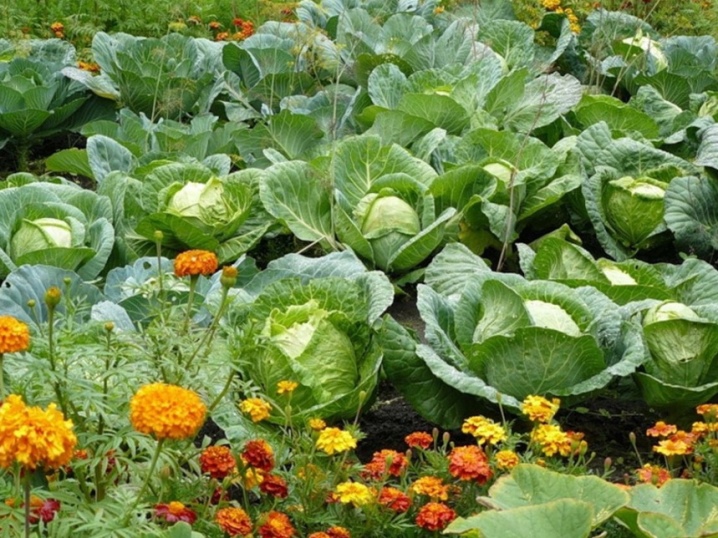
Pumpkin
Being a related crop, pumpkin will be able to get along with zucchini in the same garden. Moreover, it will make it easier to care for them, because the agricultural technology for growing these vegetables is the same. But you need to take into account that both plants will compete with each other for food and water.
For active growth, both zucchini and pumpkin need a lot of nutrients, therefore, having planted them nearby, you will have to water a lot and abundantly of vegetables, as well as fertilize. Should you be afraid of cross-pollination? Experts in the field of agriculture assure that hybrid properties will appear only next year, if seeds are collected from such fruits.
So if you do not collect the seeds yourself, but buy from reliable suppliers, then feel free to plant these related crops nearby, create the necessary conditions for them in full and enjoy their fruits.
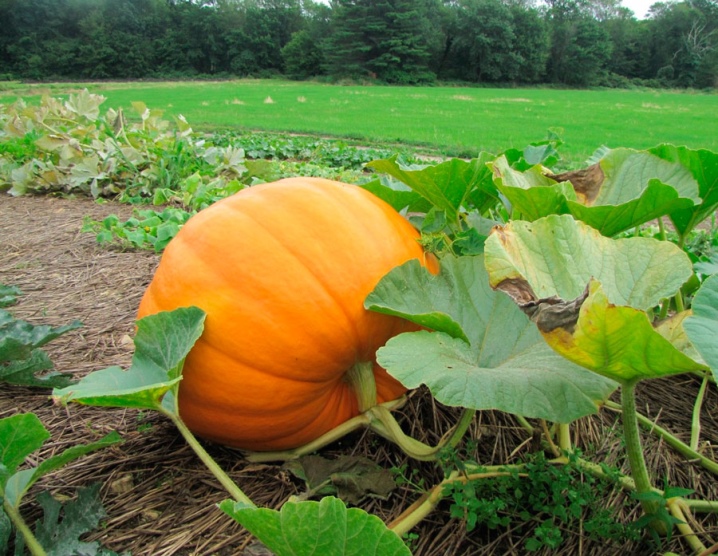
Squash
Squash, like zucchini, are also from the pumpkin family. They are more often used in conservation. The culture loves a loamy fertile soil structure, warmth and moisture.
The growing periods of squash and squash do not coincide, the earliest varieties of squash will yield a harvest only after 50 days.If the crop is not harvested in time, the skin will become rough.
The agricultural techniques and the main points of growing these vegetables are similar, therefore, in principle, their planting can be placed side by side. In late spring - early summer, these crops can be planted in the garden. The best places to do this are where there is a lot of sun and there is protection from the wind.
You can first grow seedlings, or you can sow the seeds directly into the open ground. If the varieties are climbing, then the hole is made not 70x70 (as usual), but 70x90 cm. The seed is buried at a distance of 3 to 5 cm, and the seedling sprout - to the cotyledons.
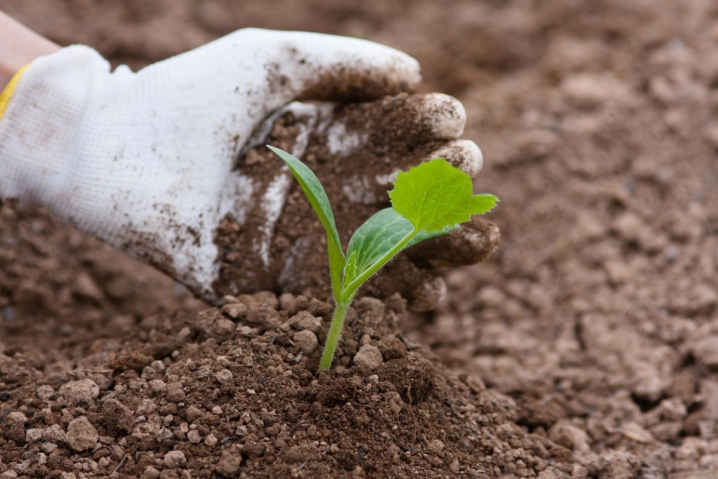
At the same time, it is advisable to pour a manganese solution into the well for preventive purposes. No need to thicken the squash-squash planting. First, because both vegetables are spreading crops. Secondly, it can provoke the occurrence of fungal infections. Well, and thirdly, less nutrients will be needed for each bush.
These related vegetables do not need daily watering: it is good enough to shed the beds once every 6-7 days, in order to prevent decay of flowers and emerging fruits, the water should be directed directly under the roots.
Both zucchini and squash will delight you with an excellent harvest, if you feed them in time and in plenty. They perfectly assimilate organic matter and mineral complexes. So, before flowering, water the plants with a mullein solution in a ratio of 1: 10 to water (chicken droppings are also suitable).
When flowers appear, potassium and superphosphates are added (1 tablespoon of the composition is diluted in 10 liters of water). At least 1 liter of fertilizer is poured under each bush.
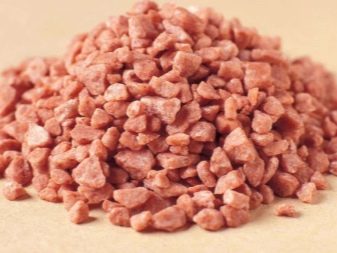
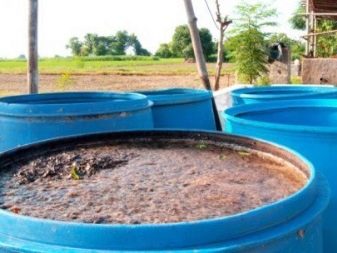
And yet, when planting together, keep in mind that cross-pollination of crops can occur, as a result of which hybrids are formed.... Their properties (in taste, shape, color, etc.) will be noticeable only in the next season when the selected seeds are planted.
Some gardeners, in order to obtain hybrids, specially plant squash plantations, squash beds and rows of pumpkins in one area, arranging the plantings one after another. In addition, it is so convenient to water all crops at once through a special drip irrigation system.
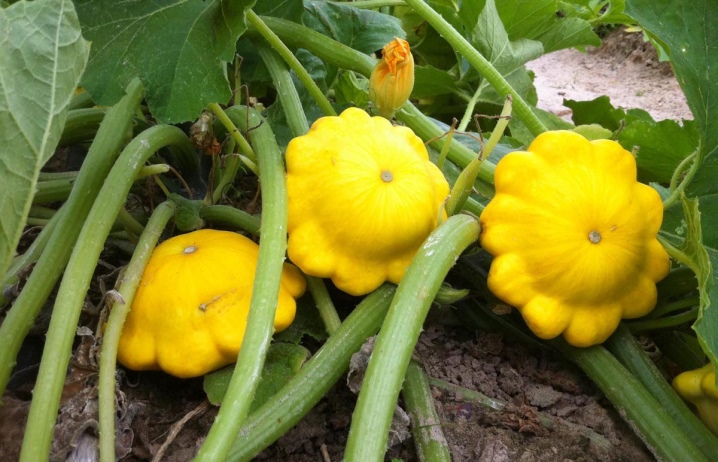
Onion
This crop is grown in every vegetable garden, because there are many useful substances in onions. And the plant itself is unpretentious, resistant to bad weather and various diseases. He also feels good near zucchini - joint plantings are permissible.
Such a neighborhood can be called beneficial: onions, spreading phytoncides, protect against various pests and infections. According to agrotechnical standards, zucchini and onions can be watered, fed and weeded at the same time.
Growing, the zucchini can shade the green mass of the onion, but usually by the time the zucchini bushes develop intensively, the onion feathers are already strong enough and are not afraid of side effects. The only downside to this partnership is powdery mildew, which affects both crops.
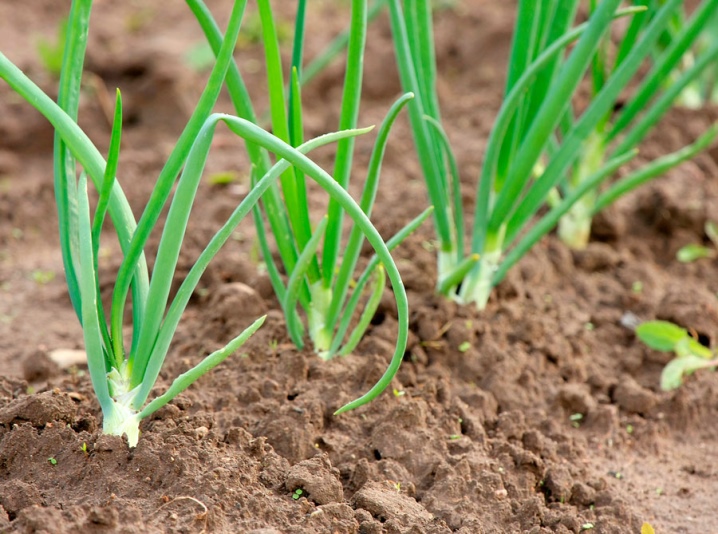
But if preventive measures are taken in a timely manner - to treat crops with fungicides, fertilize the soil with phosphorus-potassium compounds and place plants in accordance with agrotechnical requirements, you can avoid powdery mildew infection.
Peas
Legumes are considered great zucchini neighbors, and even healthy. Both beans and peas, like other representatives of this family, are tireless "suppliers" of nitrogen for zucchini (and this is the main element that zucchini needs for development).
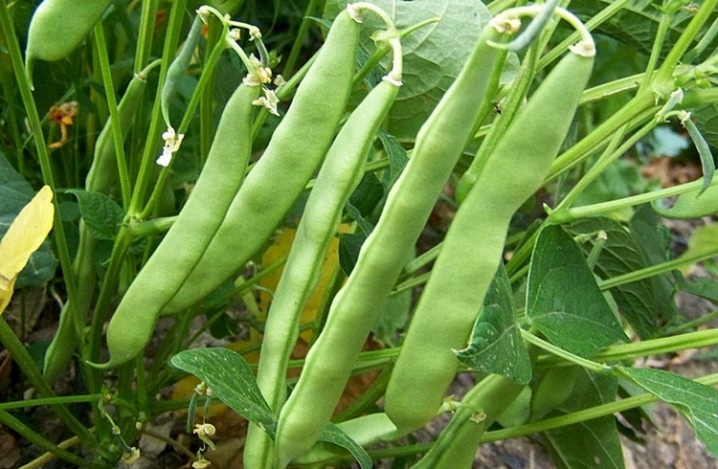
Corn
The cob crop is a profitable partner for zucchini. Corn will not compete with its neighbor for moisture and nutrients, even growing, it will not shade the squash bushes. He will always substitute his "shoulder" - will serve as a support for a curly zucchini.
In addition, corn rows will provide young squash seedlings with reliable protection from drafts and wind. Many people specifically try to plant zucchini in the corn plantation, but it is advisable in this case to still choose undersized varieties of corn.
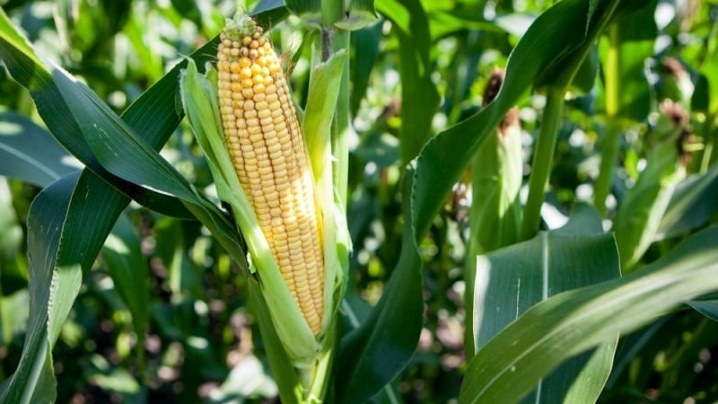
What can not be planted in the same garden with zucchini?
Potatoes are a bad companion for zucchini.... Firstly, this nightshade culture is very voracious: it needs a lot of mineral components, which it is ready to take away from its neighbors. Secondly, it will not allow the zucchini to spread their antennae, which will limit the representative of the pumpkin family in development and fruiting.
It is not recommended to plant watermelons and melons next to zucchini. Some gardeners, who already have experience of such a neighborhood, assure that in this case, melons and gourds grow savory and thin-bore. Fruits can also change shape or color as a result of cross-pollination.
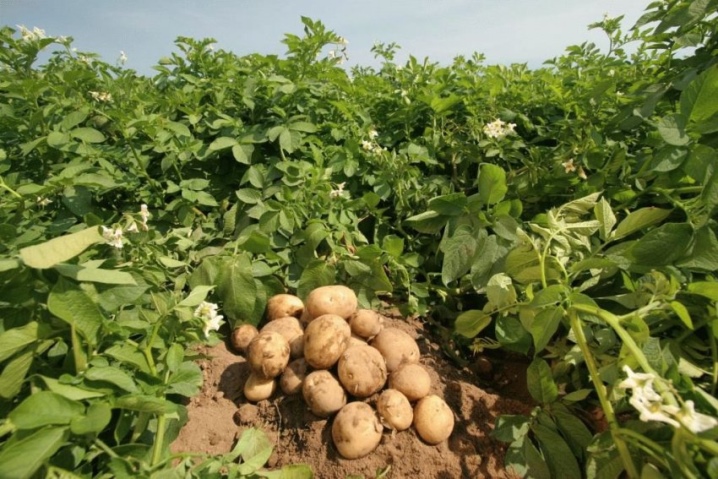













The comment was sent successfully.